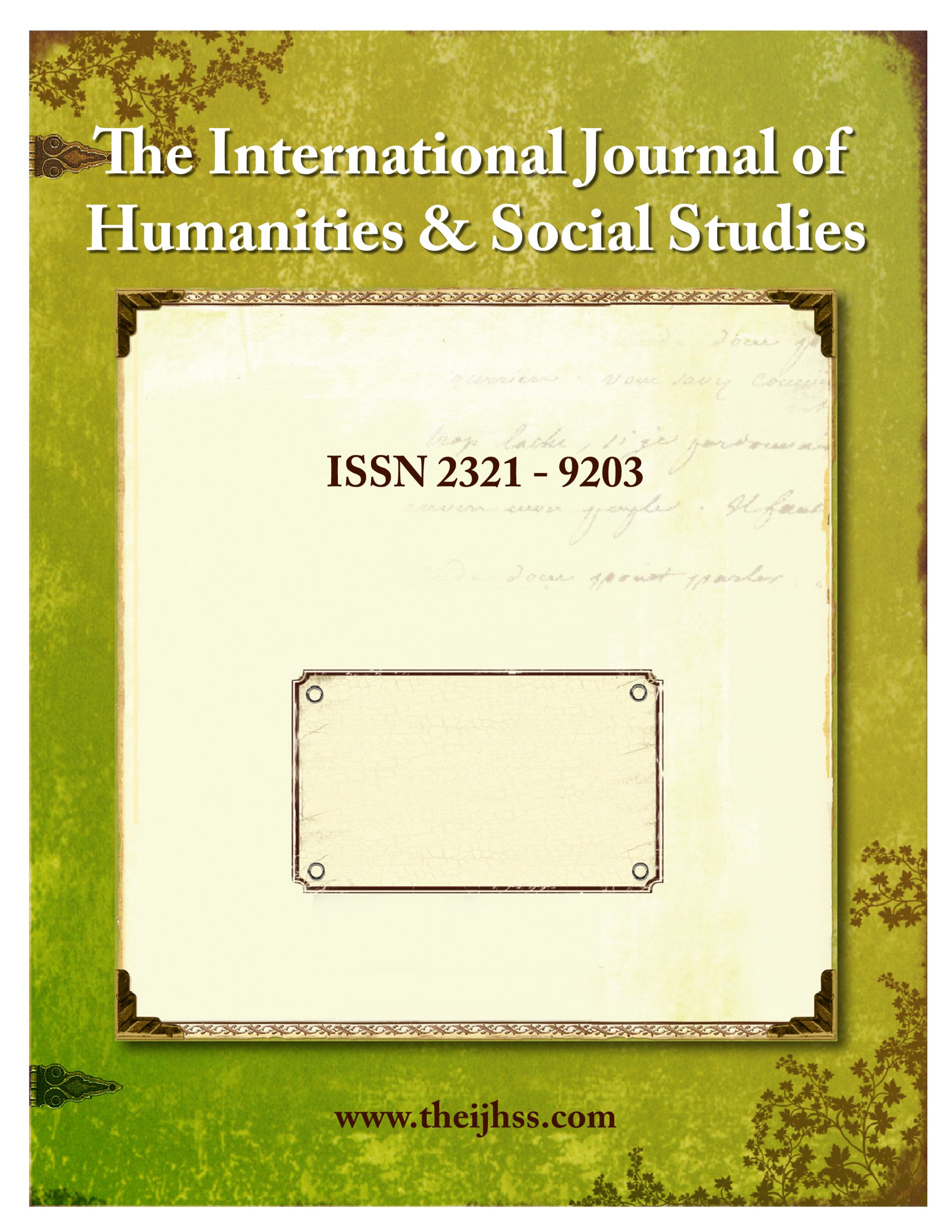Reading objectively based on research scope and subject matter is an elaborate process, and you definitely need to navigate the works of other authors to extract information and develop your work with necessary contributions from your end. Also, some times, it becomes essential to exactly replicate your fellow author or researcher, when trying to establish a point in your own paper. A research paper whether it is published in a multidisciplinary journal or subject oriented journal, finds greater citations when reference work is properly done and cited.
What is Bibliography?
Bibliography is a collection of citations at the end of any work, which combines the reference works that author has done in the research. Most multidisciplinary journals will not accept papers without a proper bibliography section as that has become an essential part of the format of research works.
A citation helps the reader identify the original source of an idea. It can come in the flow of the text which is ‘in-text citation’, or at the end of your research paper as ‘References or Works Cited’.
In-text citation comes at the end of a sentence or phrase in your content, which actually replicate an idea from another text by another author, mentioning his name/last name, followed by year of publication, within parentheses. For e.g. “WHO has ensured that global health index is stable and growing” (Rodrigues, 2003)
References or Work Cited at the end of a research work is a basic addition which shows the books, articles and publications that you have studied for developing your research paper. Two popular formats used for citation of books and research works are the MLA and APA formats about which we will discuss further e.g. Matthews, John, “Irony of a Civilized Society”, International Journal of Social Sciences, Germany, 2012, Vol 1, pgs 10-12.
Why is It Important?
Reference section of a research paper is very important for certain reasons-
- It shows your depth of research and field work; proves that you have done your homework from the experts on the subject.
- It shows your exceptional effort that you put in developing a research work.
- It establishes your niche in the subject.
- It shows you want to give credit to your fellow authors and researchers for how their work helped you.
- It provides proof of your arguments in the research work.
- It also helps avoid any kind of plagiarism.
How to Cite Using MLA format?
Invert author’s name of the source book, that is, last name first followed by comma, followed by name of the author of the source material. If there are multiple authors, separate their names with a comma, then ending with a comma. Put the title of the article with quotation marks. If the work is a book, write its name in italics. Then put the name of the publisher followed by the year of publication. For a particular article, locate its existence that is the site where it is found or the volume of the journal in which it was published. To be specific about the portion of work you have referred in your paper, mention the page numbers at the end. Close your citation with a full stop. Separate each section with comma.
e.g. Matthews, John, “Irony of a Civilized Society”, International Journal of Social Sciences, Germany, 2012, Vol 1, pgs 10-12.
Or
Williams, Gregor, Sam Roy and Kathy Williams, Thousand Mysterious Stories, Penguin Random House, 2007, pgs 310-314.
How to Cite Using APA format?
Start with the author’s last name, then the first name’s initials, the two separated by a comma. Put the year of publication within parentheses. Then list the article title. Include the information of where this was found.
e.g. Kringle, K., & Frost, J. (2012). Red noses, warm hearts: The glowing phenomenon among North Pole reindeer. (Report No. 1234). Retrieved from Alaska University Library Archives, December 24, 2017.
When you use some idea from this work in your text, cite it as in-text citation using parentheses e.g. (Kringle and Frost, 2012)
How to Cite Avoiding Plagiarism?
Citations and references are meant for the fact that you are giving due credit to the original sources for the ideas or concepts you have borrowed or have been inspired with, from them. Accurate citation of bibliography helps avoid copyright claims by others on your work. Improper or inadequate citations can make your work plagiarized and blame you of copying, even stealing others’ content. Multidisciplinary journals will not risk their reputation with plagiarized works. So, it is essential to pay proper attention to citations.
If your text is just inspired from the concept or idea of another author, and you have your own additions to that idea too, you may not quote the author. But in that case, you need to rephrase your paragraph with totally unrelated words to the original text. Avoid using keywords from the original work. Write such a paragraph with your original words and phrases completely, just establishing the context of discussion. Even in such lines or paragraphs you can include in-text citation just to indicate that the concept or idea is inspired from so and so source.
However, it is always better to use quotation marks whenever you feel you need to replicate something from a different studied material, to prove your point. Put the referenced material within quotes followed by author and year of publication, within parenthesis. E.g. “Global weather has been changing since last two decades rapidly, in the context of heating” (Keith, 2004). Use this strategy especially in literature review part.
Plagiarism detector software find it easier to locate quoted texts as reference material. This will add more authenticity to your research and also show the depth of your study and analyses in the work. You can also use footnotes for referring your quotations in case of books. That will also add information related to the idea or source material or the author too.
A few General Suggestions-
- Try to abide by one particular citing format throughout your bibliography.
- Avoid errors of punctuations in your citations.
- Do not use word to word source text in your work without quotation marks.
- Use foot notes and in-text citations for borrowed sentences and phrases wherever possible.
- Do not hesitate to give an extensive list of References or cited works.
- Avoid citing works that do not appear at all in your research paper. Sometimes it may happen that you have read a particular book but not used it directly in your research. Indirectly, it may have influenced your thoughts, you can cite it, but if major number of your citations are unrelated to your research, it can make your bibliography look fake.
- Rephrasing always helps to avoid plagiarism.












